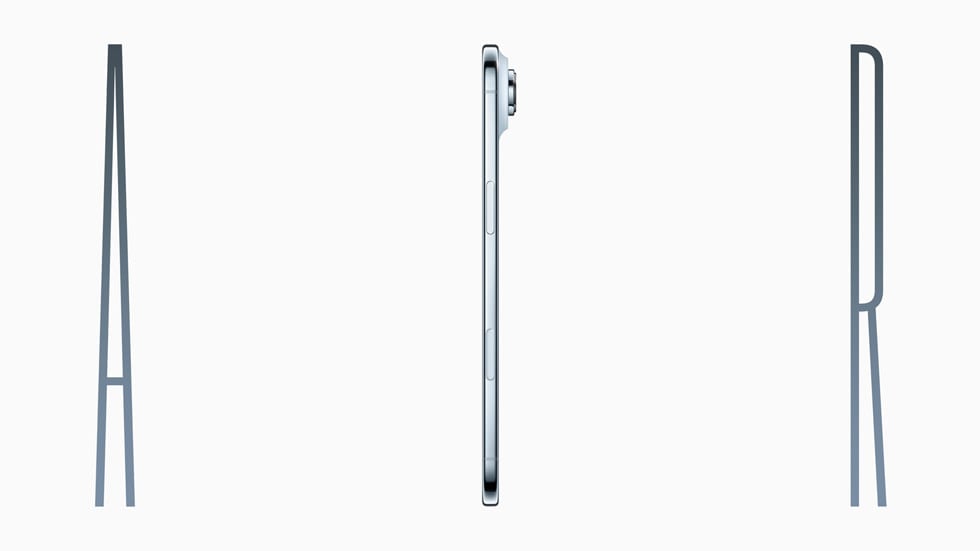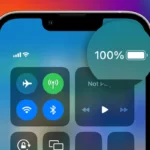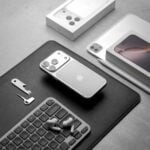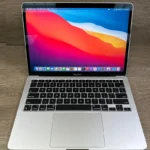Apple shocked the tech world at its September 9, 2025 event by introducing an entirely new category of iPhone: the iPhone Air. Positioned as Apple’s “thinnest iPhone ever made,” this groundbreaking device represents the most significant design innovation in the iPhone lineup since the original iPhone X, combining pro-level performance with an unprecedented focus on portability and elegance.
A Breakthrough in Smartphone Design

The iPhone Air stands as Apple’s boldest statement yet about the future of smartphone form factors. At just 5.6mm thick, it represents a dramatic departure from the industry trend toward increasingly thick devices designed to accommodate larger batteries and more complex camera systems.
Apple achieved this remarkable thinness through what the company calls “innovative internal architecture,” suggesting significant engineering breakthroughs in component miniaturization and layout optimization (source: Apple Newsroom).
The 6.5-inch display size positions the iPhone Air between the standard iPhone 17 and the Pro Max model, offering substantial screen real estate while maintaining the ultra-portable form factor that defines the Air brand.
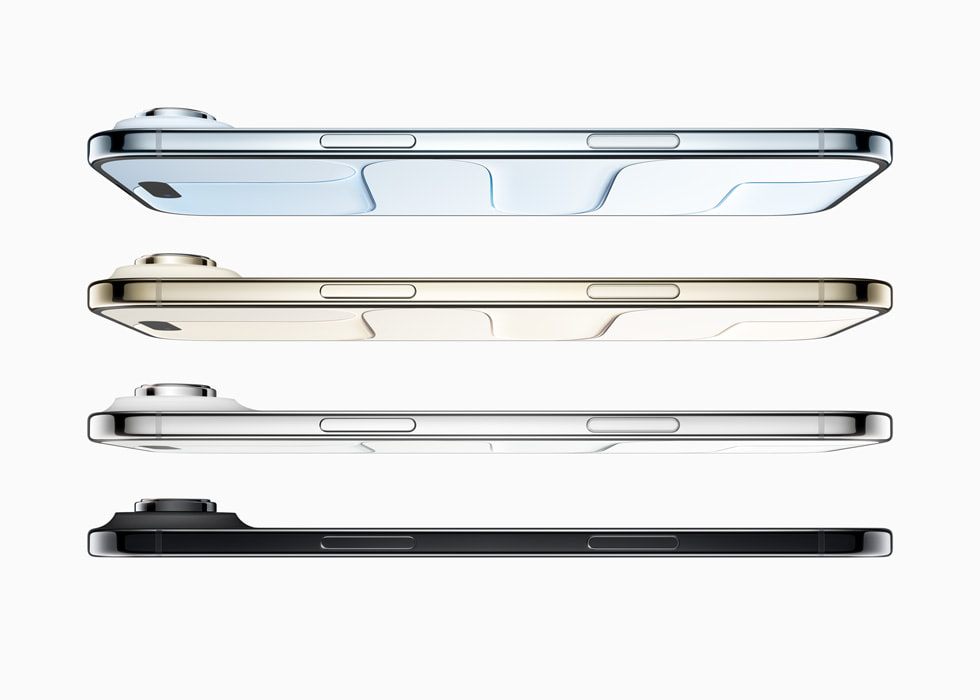
Revolutionary Materials and Construction
Treated Titanium Frame
The iPhone Air introduces what Apple describes as a “breakthrough titanium design” that manages to be simultaneously “elegant and light yet strong.” This treated titanium frame represents a significant advancement over previous iPhone materials, offering superior durability while contributing to the device’s remarkably light weight (source: Apple Newsroom).
The use of treated titanium suggests Apple has developed new manufacturing processes or alloy compositions that enhance the material’s properties specifically for ultra-thin applications. This innovation likely required extensive collaboration with materials science experts to achieve the optimal balance of strength, weight, and aesthetics.

Next-Generation Ceramic Shield Protection
Apple has equipped the iPhone Air with advanced protective technologies on both front and back surfaces. The front features Ceramic Shield 2, an evolution of Apple’s proprietary glass technology that presumably offers enhanced drop protection and scratch resistance compared to previous generations (source: Apple Newsroom).
More notably, the iPhone Air marks the first time Apple has extended Ceramic Shield protection to the back of an iPhone. This comprehensive protection strategy addresses one of the primary concerns with ultra-thin devices: their perceived fragility. By protecting both sides with advanced materials, Apple aims to deliver durability that matches the device’s premium positioning.
Performance Without Compromise
Despite its ultra-thin profile, the iPhone Air doesn’t sacrifice performance for portability. The device combines “the CPU and GPU of an iPhone Pro with the camera system of a regular iPhone,” creating a unique performance profile that targets users who need flagship processing power but don’t require professional-grade photography capabilities.
This configuration represents a sophisticated understanding of user needs, recognizing that many consumers want maximum performance for apps, games, and productivity tasks without paying for advanced camera features they may not use. The approach allows Apple to offer pro-level performance at what is likely a more accessible price point than the full Pro models.
Market Positioning and Target Audience
The Premium Portability Segment
The iPhone Air creates an entirely new category within Apple’s smartphone lineup, targeting users who prioritize design, portability, and performance over professional camera capabilities. This positioning addresses a significant gap in the market between mainstream flagships and professional-focused devices.
The target audience likely includes:
- Design-conscious professionals who want a premium device that makes a statement
- Frequent travelers who value ultra-portable devices
- Performance enthusiasts who want pro-level processing without pro-level complexity
- Fashion-forward consumers who view their iPhone as an accessory as much as a tool
Differentiating from the iPad Air Strategy
The iPhone Air naming follows Apple’s successful iPad Air strategy, where the “Air” designation signifies premium design and performance in a more portable form factor. This branding consistency helps consumers understand the product’s positioning within Apple’s broader ecosystem while establishing clear expectations about its priorities.
Engineering Challenges and Solutions
Thermal Management
Creating a 5.6mm thick device capable of pro-level performance presents significant thermal management challenges. Apple’s “innovative internal architecture” likely includes advanced heat dissipation technologies, potentially involving new materials or design approaches that efficiently distribute heat across the device’s limited internal volume.
Battery Technology
Maintaining acceptable battery life in such a thin form factor requires either revolutionary battery technology or exceptional power efficiency optimization. Apple’s achievement in this area could represent significant advances in battery chemistry or energy management systems that may influence future product development across the company’s lineup.
Component Miniaturization
The iPhone Air’s existence suggests Apple has achieved new levels of component miniaturization, potentially involving custom-designed chips, sensors, and other internal components specifically engineered for ultra-thin applications. This technological advancement could have implications for future Apple products beyond smartphones.
Industry Impact and Implications
Redefining Smartphone Priorities
The iPhone Air’s success could signal a broader industry shift back toward form factor innovation after years of focusing primarily on camera improvements, battery capacity, and processing power. If consumers respond positively to the ultra-thin design, it may encourage other manufacturers to prioritize portability in their flagship offerings.
Setting New Design Standards
At 5.6mm thick, the iPhone Air establishes a new benchmark for premium smartphone thinness while maintaining flagship performance. This achievement raises the bar for industrial design across the industry and demonstrates that significant form factor improvements remain possible even in mature product categories.
Availability and Future Outlook
The iPhone Air will be available for purchase beginning September 19, 2025, alongside the rest of the iPhone 17 series. Its market reception will provide crucial insights into consumer appetite for design-focused innovations and could influence Apple’s product strategy for years to come.
If successful, the iPhone Air could spawn an entire sub-category of ultra-portable flagship smartphones, potentially leading to Air variants across different price points or regular updates that push the boundaries of thinness and portability even further.
The iPhone Air represents more than just another smartphone model—it embodies Apple’s vision for the future of mobile device design, where advanced performance and extreme portability can coexist without compromise. As consumers experience this revolutionary device, it may well redefine expectations for what a flagship smartphone can and should be.

